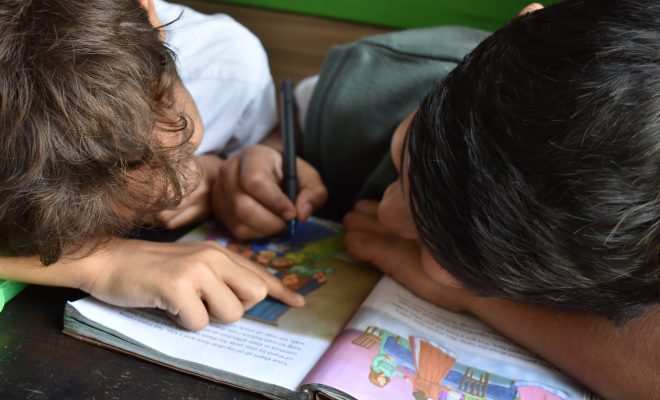How to Have Difficult Conversations About Race on your Campus

There’s more to having a discussion about race on your campus than organizing a Professional Learning Community around the reading of Crucial Conversations (Patterson), although a PLC can be a good start. This observation may especially be true, as the book says, “When stakes are high.”
The stakes are at their highest when talking about race. It’s not an easy thing to do. A slight intonation of an innocuous word, a glance, or even the wrong tone can trigger resentment among any of the participants.
Try these suggestions when you need to have difficult conversations about race on your campus.
Acknowledge and validate
You can’t talk about a problem until you recognize that the problem exists.
Acknowledgment means that you are willing to admit difficulty. By saying, “I can see that this is important to you,” you have recognized that another person has an idea to share. You can go a step further and validate that opinion by accepting their viewpoint. You might not agree with it, but you can accept it.
Seek to understand
One of the biggest challenges in addressing racism on campus and having difficult conversations is getting the right people involved in the discussion. Minorities are willing to discuss the problems, but getting the majority to join the conversation can be challenging.
Minority students have been made aware of diversity for so long that they have become more accustomed to talking openly about it. Diversity is not as troublesome for majority race students and faculty; it’s not always at the forefront of their thoughts like it is with other students.
It should be though. Until everyone seeks to understand racism, no critical conversations can take place.
Focus on inclusion and diversity
Engage in a dialogue with persons of a different color or race than you. By asking open-ended questions that allow them to provide insight, you’ll get a better understanding of how you can create inclusion.
Ask about people’s experiences with bias and racism. How have they felt excluded? Was there a time that inclusion removed the barriers to success? What needs to happen now?
Look for commonalities you share
Race makes us different from each other, but only a little bit.
There are plenty of things people of minority and majority races have in common. By looking for these commonalities, we can begin to focus on our real purpose for being on the campus. Sharing common goals and finding ways to collaborate in reaching them makes us all stronger. It is when we come together for the common good that we can focus on what matters most: making humankind greater than before.
A lofty goal like that can only happen if you’re willing to have difficult conversations about race on your campus.






